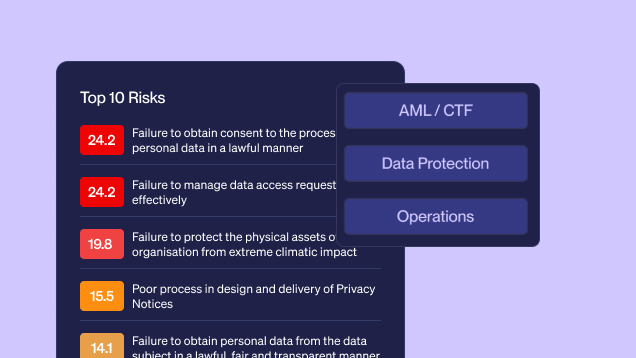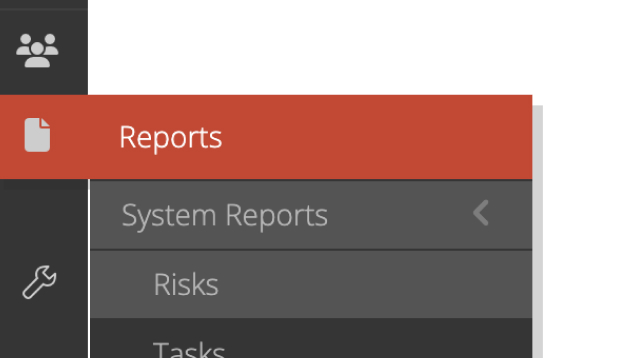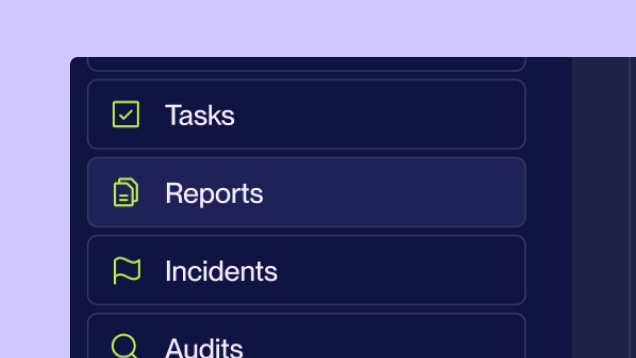Ready to elevate your GRC platform?
Schedule a 30-minute platform walk-through with our expert team.

Your Governance, Risk and Compliance function reaches every part of your organisation - your tools should too. Understand the risk, shape the response. Built for today and ready for tomorrow. Welcome to calQrisk, one source of truth, complete clarity, zero chaos.


Stop wrestling with spreadsheets and siloed systems. calQrisk brings your entire GRC function into one powerful, intelligent platform.

Access a single source of truth at your fingertips, ensuring you're ready for every audit, all the time.

Generate tailored reports on risks controls and more with a single click.

Say goodbye to manual follow ups - automate reminders for tasks, findings, control tests and more.

Gain complete visibility across your risk universe with clarity, consistency and real-time intelligence.

Unite all stakeholders on one platform with shared data and reporting, eliminating information silos fast.
Trusted by hundreds clients operating in regulated and unregulated sectors globally




































calQrisk consolidates risk information into one database, providing complete oversight across the organisation. We can now deliver fit-for-purpose reports to stakeholders much faster.
Red Kite Housing
calQrisk is a comprehensive GRC platform that brings clarity, consistency and confidence to risk and compliance management.
Schedule a 30-minute platform walk-through with our expert team.